Winter Gardening
Winter doesn’t have to be white in the garden, even if there is a blanket of snow covering the soil. Most of the colour comes from berries: hollies, firethorn, and other winter-fruiting plants that add unexpected splashes of reds and oranges to your winter garden.
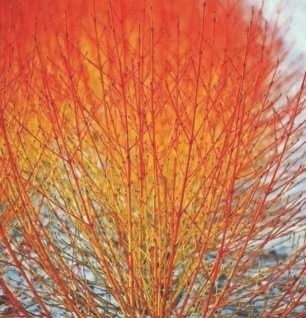
Sizzling Winter Stems
The native dogwood, Cornus sanguinea, has rich brown stems and purple, almost chocolate, autumn leaves but is seldom planted in gardens. The cultivated variety of the common dogwood, Cornus sanguinea ‘Winter Beauty’ or ‘Winter Flame’, has rich orange stems and wonderful deep purple autumn leaves. Much the best-known dogwood, though, is Cornus alba, which has brilliant stems in shades of crimson. Plant three or four shrubs closely together and the stems will grow up thicket-thick like a haze of intense coral.
Don’t Waste Apples
Apple harvesting is coming to an end; it has been a pretty good season and the chances are there are plenty of apples for bottling; using in jams and chutneys; ciders and sauces; and for drying and freezing. Homemade preserves in individually decorated jars and pots make wonderful presents. And don’t forget to leave a few windfalls for the birds and other wildlife to enjoy.
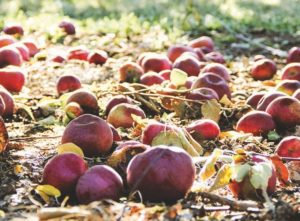
Harvest Juniper
Juniper is a native, evergreen, coniferous shrub or small tree. Once established it yields a continuous supply of fresh berries that are useful in cooking and to make your own liqueurs. You will need to buy two plants – a male and a female – plant them fairly closely together.
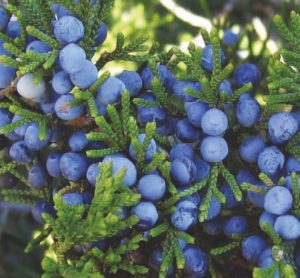
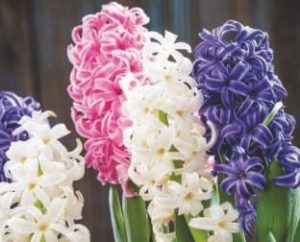
Festive Hyacinths
Pots of forced hyacinth bulbs are a brilliant way to bring colour into the home during the winter months. You can also plant them out in the garden once they’ve finished flowering and enjoy them for years to come. Plant bulbs 10-15cm deep in a well-drained sunny spot. Feed every ten days until the foliage dies back and they will flower again the following spring – and even more strongly the year after.
Grow Rhubarb
If you don’t grow your own rhubarb you really are missing out on a culinary treat. It’s easy too! Rhubarb is a very hardy plant that grows enthusiastically in any well-drained sunny or partially shaded spot. Now is the time to plant rhubarb crowns, but don’t harvest the stalks this coming spring; give your rhubarb a full year to get established. If you already grow rhubarb, cover with an upturned bucket or pot in later winter to produce blanched tender stems.
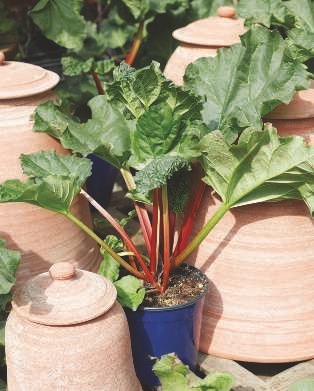
What to do now
- Plant out spring bedding displays of pansies, violas and primulas.
- Plant bare root roses – they can be planted any time between now and March.
- Before the birds eat them all, cut a few stems of holly with berries for making Christmas garlands. Stand them in a bucket of water in a sheltered spot.
- Divide mature clumps of rhubarb once they are dormant.
- Prune apple and pear trees between now and February.
- Clean out the greenhouse thoroughly. Wash the glass and floor with horticultural disinfectant.
Prickly Customers
It is a privilege to have a wild animal visiting your garden and hedgehogs are no exception. They need all the support that they can get, as they are now on the protected species list. Apart from enjoying their natural diet hedgehogs will visit your garden if you place: a saucer of cat/dog meat (chicken in jelly is a favourite but please no meat in gravy); cat biscuits; hedgehog biscuits found in garden centres and pet shops. A bowl of water is also really important.
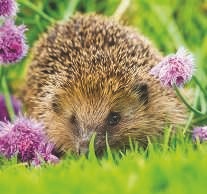
Posted in: General
